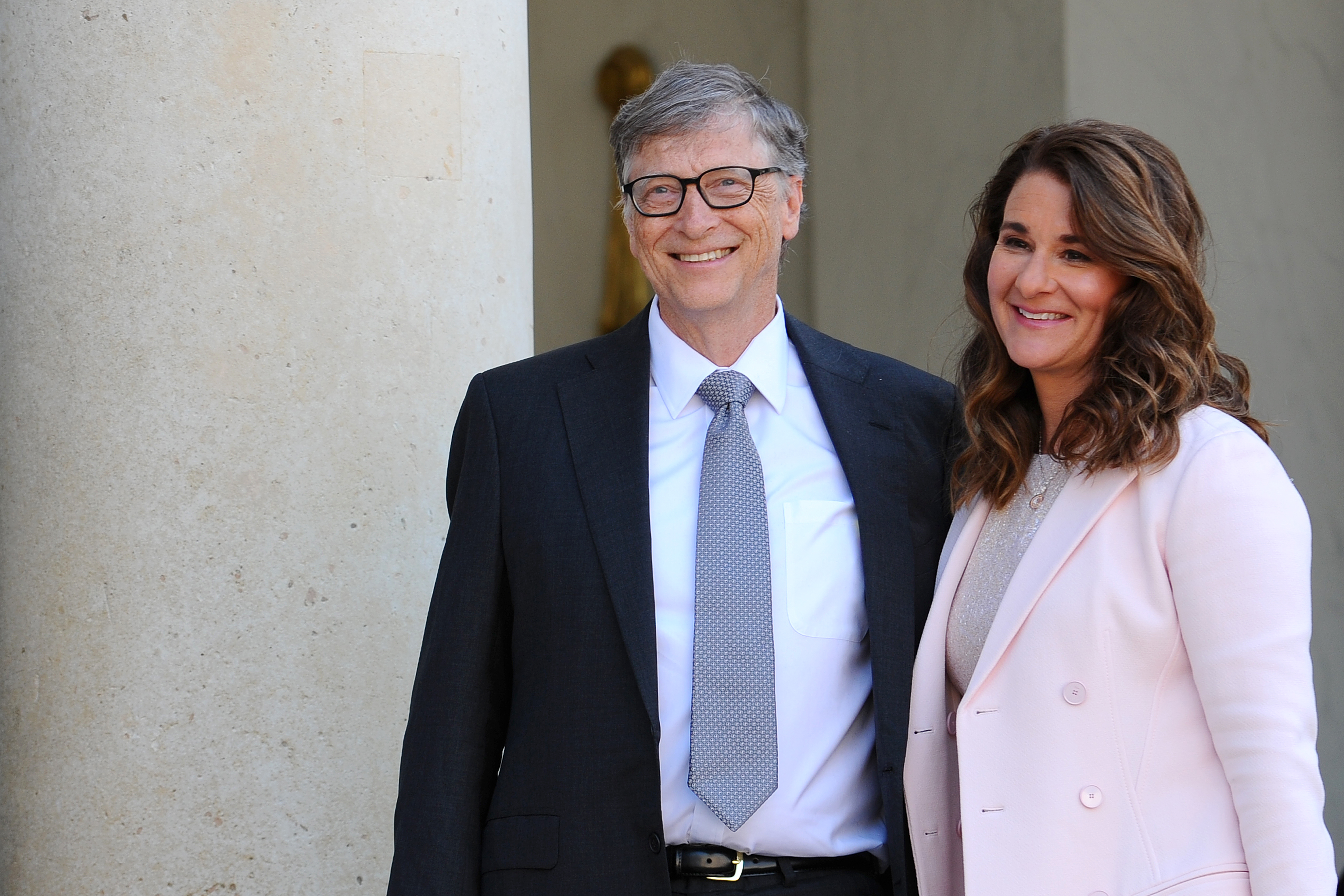We recently learned that the 1980s was a decade known as the “Tech Boom”. During this time, there were numerous technological breakthroughs and inventions, including the walkman, the VCR, and most notably the personal computer. Companies like International Business Machines Corporation were producing these personal computers, but they needed software to go with them. That’s when Bill Gates and Paul Allen, founders of Microsoft, came in.
 The company first started when Gates and Allen produced software for the earliest personal computer—Altair 8800. Gates and Allen were childhood friends from Seattle who wanted to find success by converting a programming language called BASIC into language for the PC, or personal computer. Allen quit his job as a programmer, and Gates dropped our of Harvard University so the two could focus their efforts on their new company. They then spent their next few years refining their programming language and in 1980, IBM asked them to provide the software for their personal computer. Gates, a young but smart programmer and business man at the time, took advantage of this offer and he made sure his license with IBM was not exclusive. He knew that other companies would begin producing personal computers, and he wanted to be able to sell Microsoft’s software to other people. IBM, thinking Gates and Allen were just two inexperienced boys who could not do much harm, took Gates up on his request.
The company first started when Gates and Allen produced software for the earliest personal computer—Altair 8800. Gates and Allen were childhood friends from Seattle who wanted to find success by converting a programming language called BASIC into language for the PC, or personal computer. Allen quit his job as a programmer, and Gates dropped our of Harvard University so the two could focus their efforts on their new company. They then spent their next few years refining their programming language and in 1980, IBM asked them to provide the software for their personal computer. Gates, a young but smart programmer and business man at the time, took advantage of this offer and he made sure his license with IBM was not exclusive. He knew that other companies would begin producing personal computers, and he wanted to be able to sell Microsoft’s software to other people. IBM, thinking Gates and Allen were just two inexperienced boys who could not do much harm, took Gates up on his request.
This move allowed Microsoft to expand, as other manufacturers of personal computers licensed MS-DOS, Microsoft’s operating system, generating huge revenues for the company. In 1985, Microsoft released Windows, a new operating system that included brand new features. By the 90s, Microsoft had sold more than 100 million copies of their program, defeating rival companies along the way. During the mid 90s, internet usage exploded, and Microsoft in turn launched its own web browser, internet explorer.
Today, Microsoft is one of the biggest, multinational technological companies that sells computer software, computers, and consumer electronics. Microsoft has now teamed up with Xbox, its first gaming unit, and has released Microsoft Surface, its first dive into the computer hardware market. Paul Allen, who recently passed away in 2018, resigned from the company in 1983 after being diagnosed with Hodgkin Disease, but remained on the Board of Directors. Bill Gates’ success in Microsoft has led him to now be the second richest person in the world (occupying the title of richest person for a number of years), with a net-worth of 89.5 billion dollars. He and his wife Melinda Gates also started one of the largest charity foundations, called the Bill and Melinda Gates Foundation, which contributes billions of dollars to different organizations yearly. Undoubtedly, Microsoft and its founders Bill Gates and Paul Allen were key names in the Technological Boom of the 1980s.
Sources:

The fact that Gates decided to not grant IBM exclusive rights to MS-DOS is really key in Windows success. When IBM came out with their personal computer, since their BIOS (think of it as the system below the operating system) was copyrighted, other companies had to reverse-engineer the BIOS to create compatible computers. However, since the operating system was not exclusive to IBM, MS-DOS would be licensed to these “IBM clones” as well.
ReplyDeletehttp://www.internethistorypodcast.com/2014/05/the-incredible-true-story-behind-amcs-halt-and-catch-fire-how-compaq-cloned-ibm-and-created-an-empire/